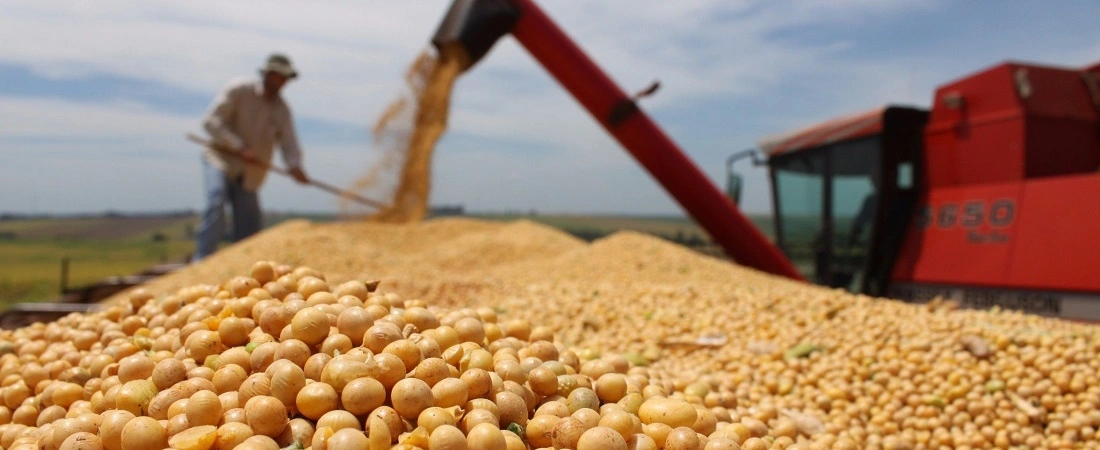At the beginning of the 2023/2024 growing season, expectations for soybean yields in Paraná were high, with predictions of 21.84 million tons.
However, the state’s Department of Rural Economy (Deral) has updated these figures, lowering them to 19.24 million tons.
This represents a significant 11.9% drop from the initial estimates.
Paraná plays a crucial role in Brazil’s soybean production and export, being one of the top producers in the country.
The decreased production will substantially affect Paraná’s economy. Deral estimates a shortfall of around R$ 5 ($1) billion, a considerable economic impact.
Soybean crop conditions in Paraná show variation.

Good conditions prevail in 61% of the area, while 31% shows average growth and 8% underperforms, leading to lowered expectations.
The soybean growth stages are diverse: 2% are in the vegetative stage, 14% are flowering, 54% are bearing fruit, and 30% are reaching maturity.
Harvesting has been completed on only 12% of the forecasted 5.8 million hectares.
Adverse climatic conditions, causing delayed harvests and reduced yields, present a pessimistic outlook.
Deral expresses concern for potential further losses, particularly in the northwest of Paraná, affected by drought and heat stress.
Paraná manages both first and second corn harvests
Additionally, Paraná manages both first and second corn harvests.
The first harvest has gathered 13% of the projected 291,000 hectares, with anticipated production at 2.61 million hectares – 10% less than initially predicted.
For the second corn crop, 8% of the expected 2.4 million hectares have been planted.
Recent rains have positively impacted sowing conditions, leading Deral to expect a strengthening trend from February onward.
This scenario in Paraná is critical as it not only impacts the local economy but also has potential implications for the national agricultural output and global soybean markets.
The region’s ability to recover and adapt to these challenges will be key in determining the broader impact on the agricultural sector.

